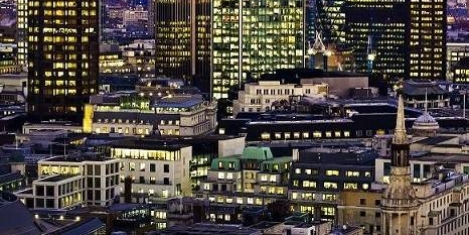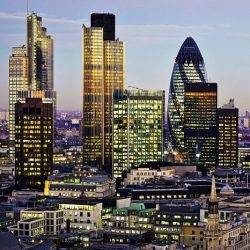August 15, 2017
London Mayor launches strategy to make the city “one of the greenest on the planet”
 The Mayor of London, Sadiq Khan has launched a new environmental strategy which he claims will help make the capital the world’s first ‘National Park City and one of the greenest cities on Earth’. The strategy includes plans for a new £9million Greener City Fund to boost trees and green infrastructure; improved planning policy proposals to encourage more green roofs, green walls and rain gardens; the creation of a ‘Challenge Map’ to prioritise areas in need of green infrastructure; and a series of measures to tackle pollution, promote cleaner energy & make more than 50 per cent of London green by 2050. As part of the strategy, the Mayor will use planning regulations to protect the Green Belt and incorporate into new developments more ‘green roofs’ (roofs covered with grass and plants which are excellent for soaking up rainwater), green walls (which can be added to the outside walls of buildings by busy polluted roads and are covered in plants to help boost air quality), ‘rain gardens’ (small green spaces which help prevent flooding), and habitats for wildlife.
The Mayor of London, Sadiq Khan has launched a new environmental strategy which he claims will help make the capital the world’s first ‘National Park City and one of the greenest cities on Earth’. The strategy includes plans for a new £9million Greener City Fund to boost trees and green infrastructure; improved planning policy proposals to encourage more green roofs, green walls and rain gardens; the creation of a ‘Challenge Map’ to prioritise areas in need of green infrastructure; and a series of measures to tackle pollution, promote cleaner energy & make more than 50 per cent of London green by 2050. As part of the strategy, the Mayor will use planning regulations to protect the Green Belt and incorporate into new developments more ‘green roofs’ (roofs covered with grass and plants which are excellent for soaking up rainwater), green walls (which can be added to the outside walls of buildings by busy polluted roads and are covered in plants to help boost air quality), ‘rain gardens’ (small green spaces which help prevent flooding), and habitats for wildlife.






































June 30, 2017
Why using recyclable materials is no longer enough to protect the environment 0
by Michael Tyerman • Comment, Environment, Workplace design
More →